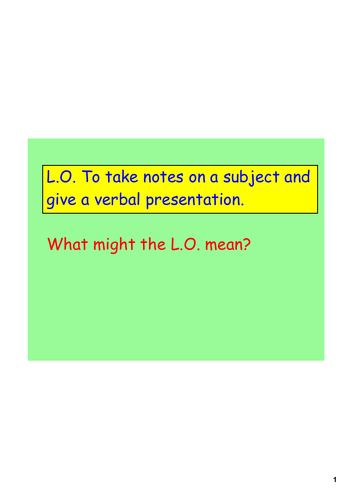







This is a detailed and differentiated 8 week cross-curricular Y4 unit (can be adapted for Y3 or 5) based on the Romans in Britain, developing pupils’ non-fiction writing through a highly scaffolded approach. Pupils build confidence with new vocabulary and specific grammar targets through repeated opportunities to practice and edit sentences on whiteboards. This approach was hugely impactful with my Y4 classes and I hope it works for you too.
The zip file includes everything you need to teach the six week unit: Medium term Plan, Weekly Plans, Daily Notebooks, differentiated worksheets and activities, differentiated success criteria, Word-mats, extracts, scanned pictures from the book, grammar tasks, key vocabulary, key questions
The unit results in pupils writing, editing and publishing (book-making) their own information text.
Learning objectives covered include:
To explore information texts and understand their purpose.
To use fronted adverbials.
To know the features of information texts and their purpose
To use commas to mark clauses.
To identify present tense verbs.
Read extensively; experiment with other types of text
To use evidence to answer comprehension questions.
Interrogate texts to deepen and clarify understanding and response
Use knowledge of different organisational features of texts to find information effectively Use adverbials for ‘why’
Summarise and shape material and ideas from different sources to write convincing and informative non-narrative texts.
To revise alphabetical order and practise using a dictionary.
To use the correct features of a writing genre.
To identify pronouns.
Use adverbials of time to sequence events.
To use apostrophes to show possession.
To use adverbials of place and time.
To add relative clauses to noun-phrases.
To define the meaning of words.
To identify pronouns in a text.
To sort words into different word-classes.
To organise writing into paragraphs.
To use questions to interest the reader.
Something went wrong, please try again later.
This resource hasn't been reviewed yet
To ensure quality for our reviews, only customers who have purchased this resource can review it
Report this resourceto let us know if it violates our terms and conditions.
Our customer service team will review your report and will be in touch.
